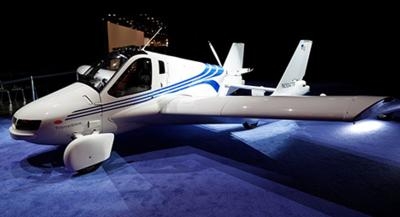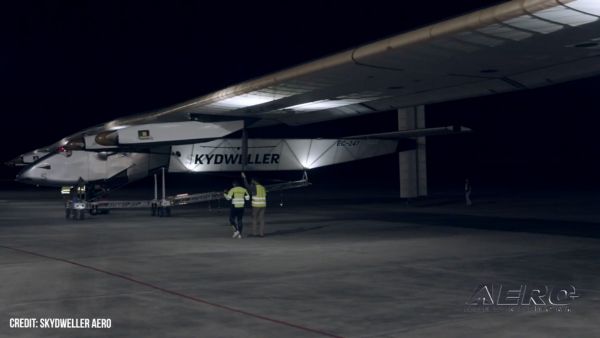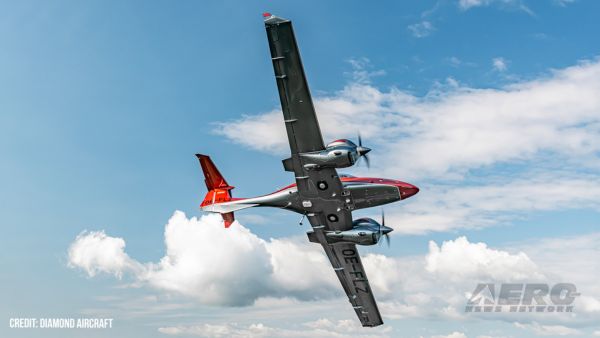Rene Nardi Looks To The Future At NBAA-BACE
Since the basic designs of the most popular single-engine general aviation aircraft flying today are between 20 and 70 years old, the light piston-engine market segment is ripe for innovation, according to Rene Nardi, a 35-year aerospace veteran who is leading a team exploring the opportunities for revitalizing and expanding the market through the introduction of multiple advanced technologies.

Nardi, who has a Ph.D. in aerospace propulsion and an MBA, shared his vision of what the next generation of light aircraft will look like during an education session titled “General Aviation 2025” at NBAA’s Business Aviation Convention & Exhibition (NBAA-BACE) in Orlando, FL. Nardi predicted that disruptive automotive technologies will soon migrate to aviation, making four- to six-seat airplanes safer, simpler and more comfortable, thanks to the convergence of electrification, automation and autonomy.
Electric-powered aircraft could have time between overhauls approaching 10,000 hours, suggested Nardi, which would essentially mean the powerplants could last for entire life of the aircraft. He expects these airplanes to feature new configurations, including electric open rotors (counter-rotating) and ducted fans.
Automation will offer flight-envelope protection, while artificial intelligence will handle repetitive tasks (such as performing checklists). Eventually, fully autonomous flight promises to reduce two primary causes of aircraft accidents – loss of control and controlled flight into terrain.
However, Nardi said the era of pilotless aircraft is not imminent. “We are not going to get rid of the pilot anytime soon.” But the man-machine interaction will be different, he said. The pilot will communicate with the aircraft using natural language, and hand gestures also will be utilized to execute commands.
Nardi said prototypes of these revolutionary four-seat aircraft could be flying within a few years and enter service as soon as 2025. Six-seat versions could enter the market by 2030.
But to realize this vision, battery technology must advance enough to make these power sources light enough to enable electric aircraft to outperform gasoline-powered equivalents. New types of electrical power sources are in the works, including lithium-sulfur and lithium-seawater batteries. In addition, to make these new aircraft viable, the acquisition and operating costs must be competitive.
Perhaps most important, much like the challenge facing autonomous ground vehicle makers, the public must be convinced that pilotless aircraft are safe and reliable. A poll of attendees at the education session indicated that, on a scale of 1 to 5, with the higher figure signifying complete confidence in riding in such aircraft, the average was only 2.8.
Nevertheless, Nardi is bullish on the possibilities. He said that once these new-technology aircraft enter production, 10,000 aircraft per year could be sold in the following decade, with a total market valued at $70 billion worldwide.
(Source: NBAA news release)
 ANN's Daily Aero-Term (04.28.24): Airport Marking Aids
ANN's Daily Aero-Term (04.28.24): Airport Marking Aids Aero-News: Quote of the Day (04.28.24)
Aero-News: Quote of the Day (04.28.24) ANN's Daily Aero-Linx (04.28.24)
ANN's Daily Aero-Linx (04.28.24) Aero-News: Quote of the Day (04.29.24)
Aero-News: Quote of the Day (04.29.24) ANN's Daily Aero-Linx (04.29.24)
ANN's Daily Aero-Linx (04.29.24)



